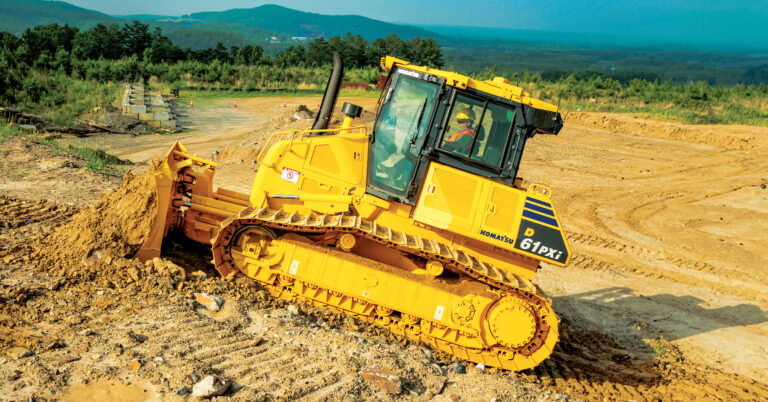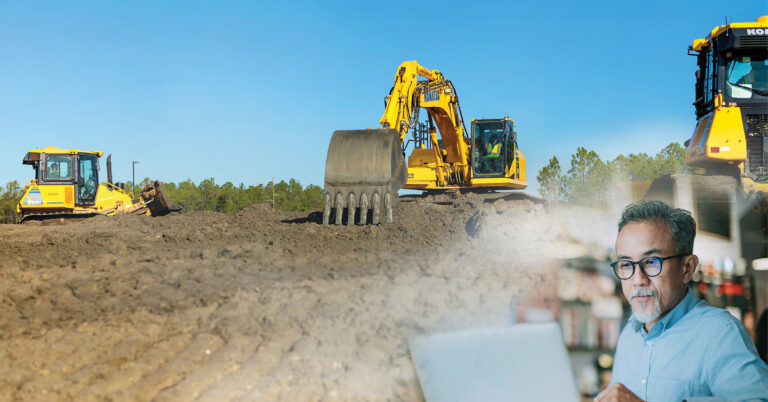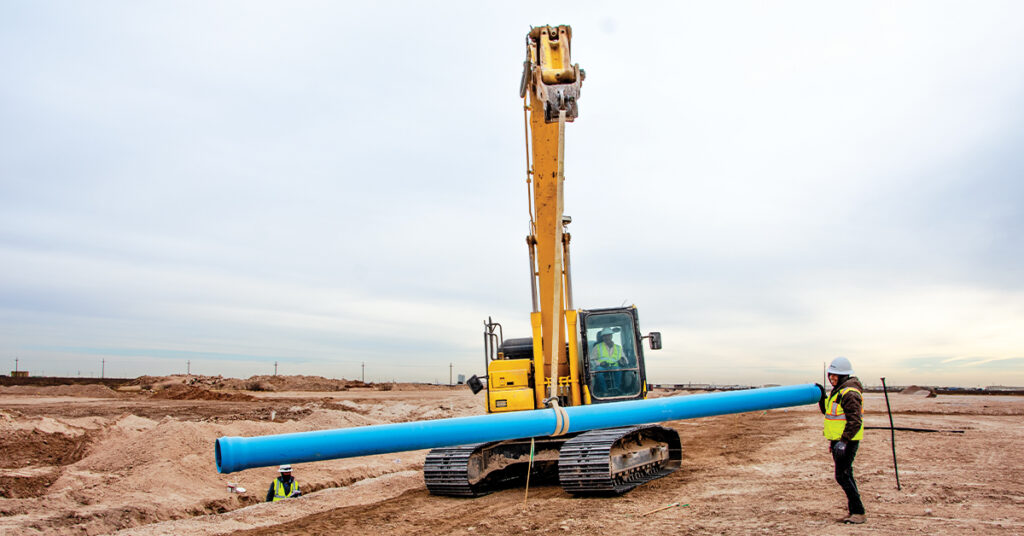
Bipartisan Infrastructure Law positively impacts transportation, overall forecast is mainly flat due to inflation concerns
In late 2021, President Joe Biden signed the $1.2 trillion Infrastructure and Investment Jobs Act (IIJA) into law, which was a historic investment in the nation’s infrastructure and transportation funding. The Bipartisan Infrastructure Law has had a positive effect and will continue to do so in 2023, according to several construction industry professionals as they forecast this year’s outlook.
During testimony before the Environment & Public Works (EPW) Committee in late 2022, American Road & Transportation Builders Association (ARTBA) President and CEO Dave Bauer told senators that 29,000 transportation improvement projects are moving forward thanks to the Bipartisan Infrastructure Law. Bauer highlighted ARTBA’s economic analysis, showing that highway formula funds supported 2,500 more safety, mobility and maintenance improvements in 2022 than in 2021, while the number of $100 million projects increased from 18 in 11 states to 24 in 14 states.
“Though each project has a unique story of need and solution, they are all tangible illustrations of the impacts underway from the leadership of this committee in delivering generational investments through a multiyear surface transportation program reauthorization,” said Bauer.
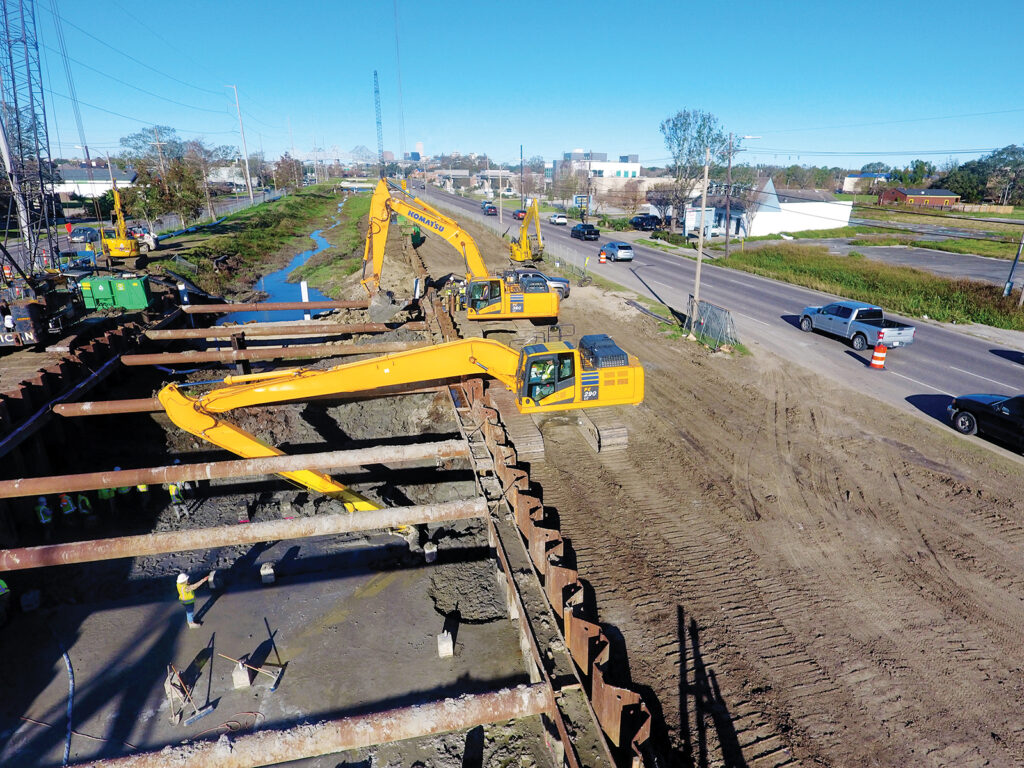
The Bipartisan Infrastructure Law reauthorized surface transportation programs for five years, investing $110 billion in America’s aging roads and bridges.
ARTBA estimated that highway and bridge construction spending will increase 13.4% this year to a total of $119 billion, according to the article “2023 Forecast: Markets are Mixed for Year Ahead” published by Engineering News-Record (ENR). Dodge Data & Analytics Inc. is even more optimistic, predicting new starts will be as high as 20%, thanks to infrastructure funding. That would be an increase beyond the 23% rise Dodge forecast for the end of 2022. Dodge Chief Economist Richard Branch pointed out that only 19% of funding from the Bipartisan Infrastructure Law had been allocated by late last year.
“There’s a lot of money still on the table waiting to be spent,” said Branch in the Equipment World article “Dodge Economist: Prepare for a Rocky First Half of 2023.” “We continue to think 2023 and 2024 are the best years for infrastructure construction. But, I could foresee, again, if we have appropriation delays, that maybe 2024 and 2025 are the best years.”
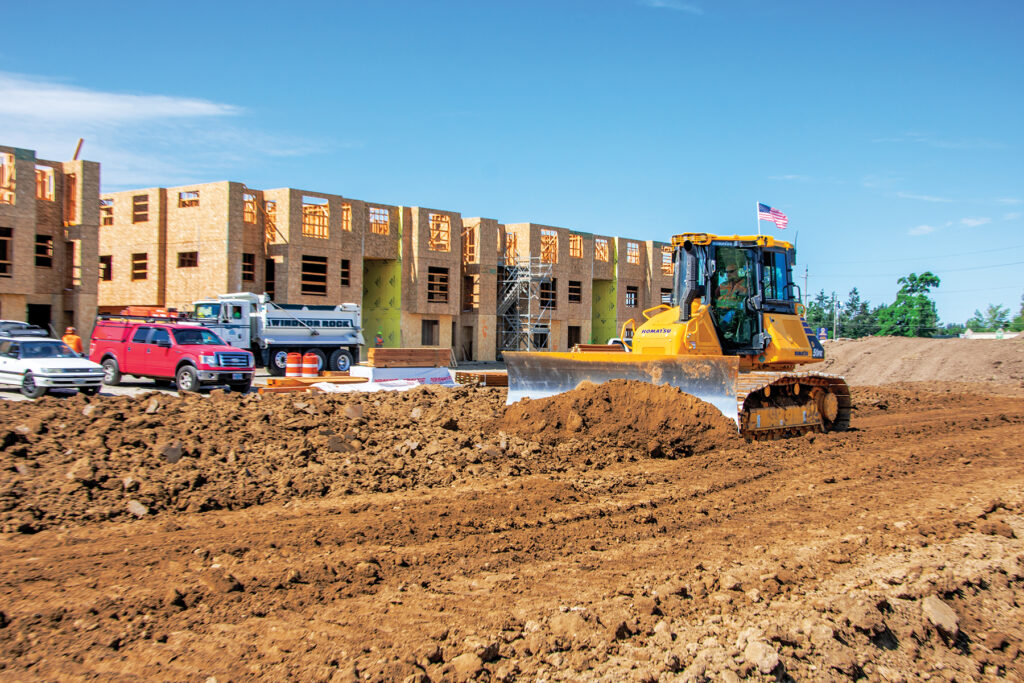
Modest downturn, quick recovery
Infrastructure projects are bright spots in the overall construction industry, which has been slowed by several factors during the past year. Dodge sees it as relatively flat in 2023, with a slight decline. Fails Management Institute (FMI) forecasts a 1.3% decline.
“I don’t think this is another great recession,” said Jay Bowman, Principal of Industry Management Consultant for FMI in the ENR article. “I’ll take flat over down any day of the week.”
Branch noted that inflation will be a big factor going forward, along with other causes for concern such as the war in Ukraine and oil production cuts by the Organization of the Petroleum Exporting Countries (OPEC). Branch’s forecast assumes that core inflation will improve, and there will not be any major shocks. If his predictions are correct and everything remains stable, Branch believes a “technical recession” could be avoided with economic stabilization and recovery starting in the latter half of 2023. He added that a strong banking system and undersupplied housing market are favorable for the construction industry.
“We’re sitting at 14- to 15-year highs in the Dodge Momentum Index, so it should provide some semblance of confidence and reassurance that developers and owners are continuing to put projects into the queue despite the fact that we’re concerned about what might happen when interest rates keep rising and the economy slows down in 2023,” said Branch.
In its most recent outlook, the Portland Cement Association (PCA) projected a near-term demand decline of about 3.5% for 2023, the first decline in 13 years. It expects the slowdown to be short, with growth returning in 2024.
“Due to inflation and rising interest rates, economic growth is expected to remain sluggish through mid-2023 with unemployment reaching 4.7%,” said Edward J. Sullivan, PCA Chief Economist and Senior Vice President. “Inflation is expected to remain high, leading to further monetary policy tightening through this year and into early next.”
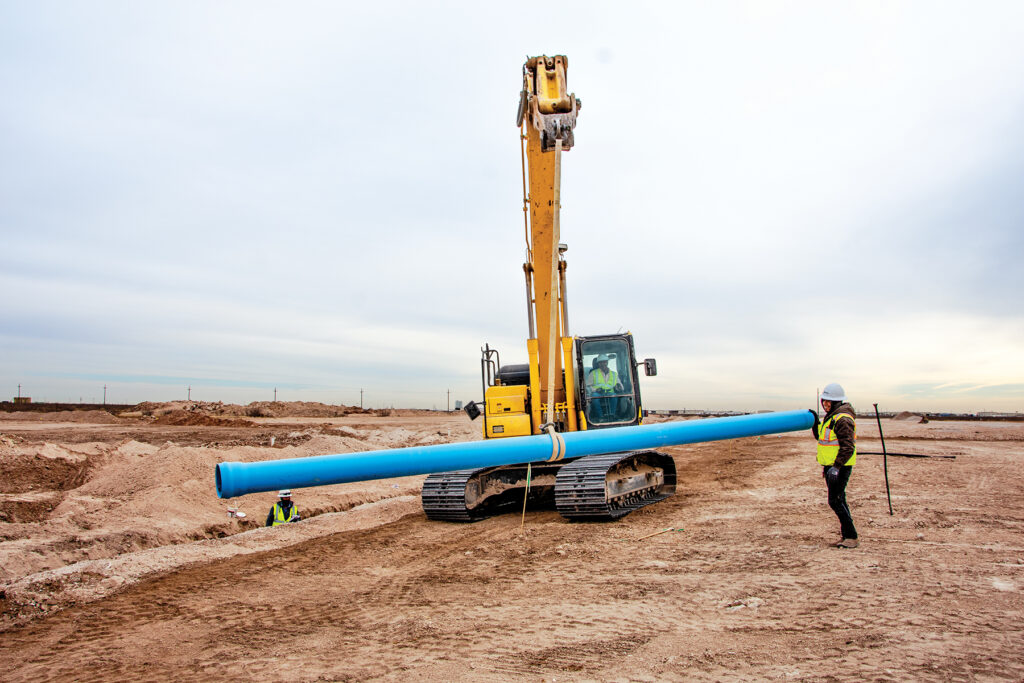
Sector gains
While both Dodge and FMI predict overall construction starts to be down in 2023, both foresee increases within several sectors. Dodge predicts a slight increase in total residential construction, including 1.4% in the multifamily category. FMI anticipates a nearly 6% jump in multifamily, despite overall residential starts being lower.
Dodge and FMI have opposing outlooks on total non-residential as well. FMI is optimistic of a 4.4% rise, led by the manufacturing sector with a jump of 15.4%. It sees lodging, amusements and recreation, education, health care, commercial and public safety all getting boosts. Dodge predicts increases for hotels and motels, stores and shopping centers, and education.
Click here to learn more about the Bipartisan Infrastructure Law.

